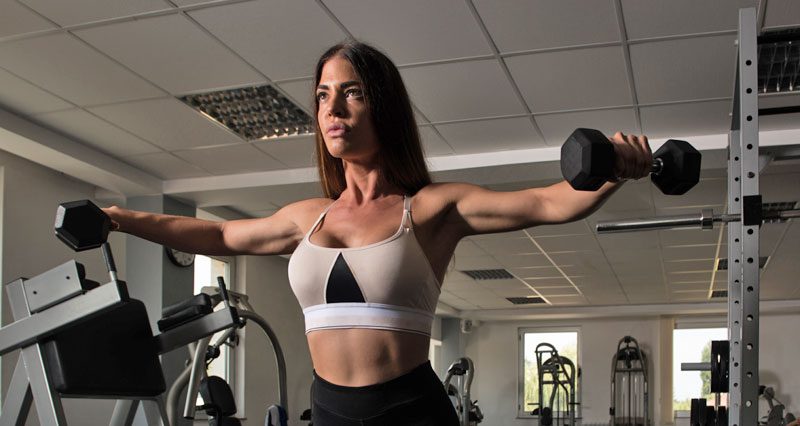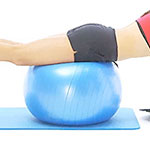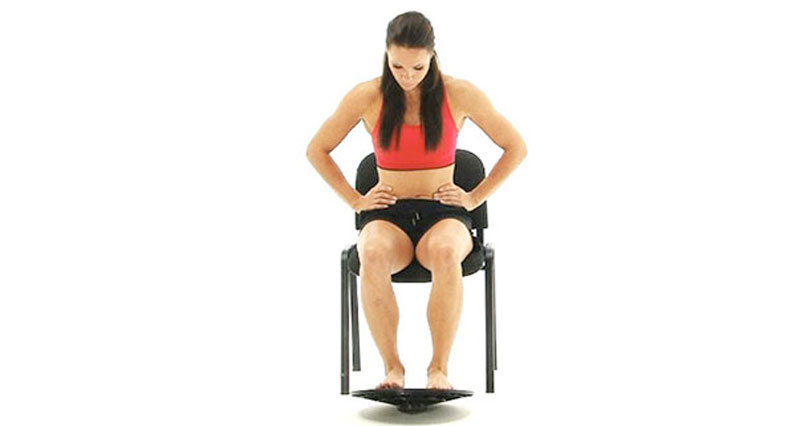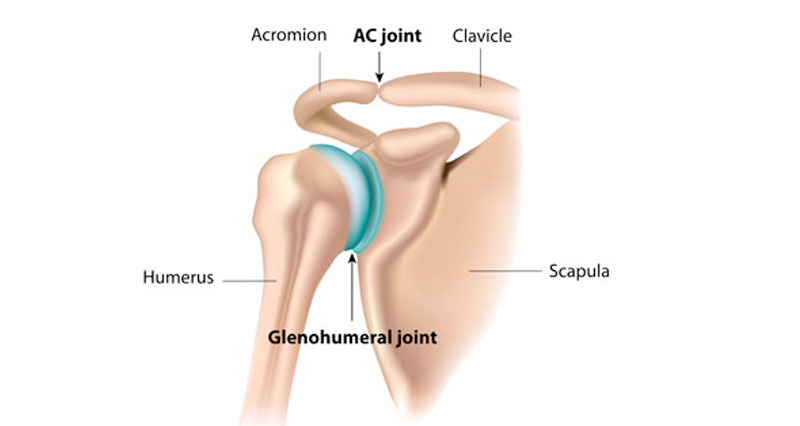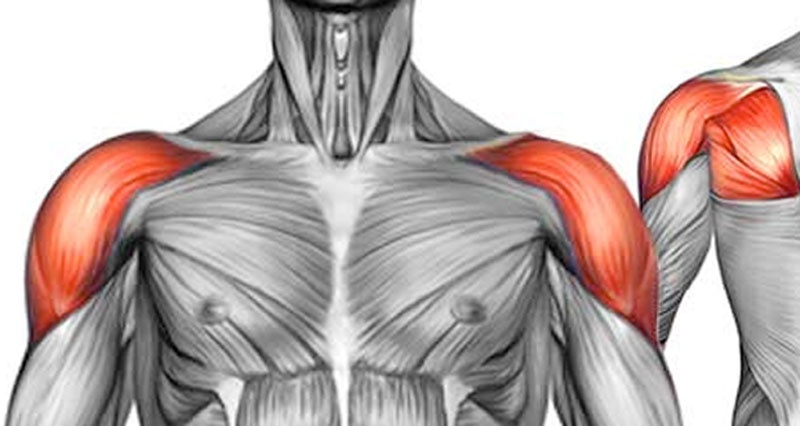Shoulder rehabilitation exercises are essential for recovering from any shoulder injury. We usually begin in the early stages with mobility exercises and progress to isometric or static shoulder exercises. Later, as you recover, more dynamic and functional shoulder exercises involving movement are important.
Isometric shoulder exercises
Perform all these exercises pain-free in flexion, extension, abduction, and internal and external rotation. Isometric exercises are great for the very early stages because the risk of re-injury is low, as long as you do them pain-free.
Teaching point:
- Exercise 1 – Patient pushes the thumbs to the wall, holds for 5 seconds, relaxes, and repeats.
- Exercise 2 – The patient pushes the backs of their hands into the wall. Hold for 5 seconds, rest and repeat.
- Exercise 3 – Position the arms at a 45-degree angle, then push back into the wall. Ensure the elbows are straight and the shoulder blades retracted (pulled together).
You can perform this exercise by performing the same movements in a prone lying position (on the front).
Shoulder mobility exercises
It is best to do shoulder mobility exercises in the early stages of rehabilitation when pain allows. This obviously depends on how bad your injury is and at what stage of rehabilitation you are. The aim is to increase the pain-free range of movement at the shoulder.
Pendulum Exercises
Pendulum exercises should be done as soon as pain allows, as they are basic. Later you can use a pole or wand which can help increase the range of movement further.
Teaching point:
The athlete stands as shown, resting their body weight on the uninjured shoulder. Keep the injured shoulder relaxed, and shift the body weight between the feet to initiate a back and forward motion. Stand with the feet level and at shoulder width, and transfer the weight from right to left to increase side-to-side movement.
Wand exercises use a long pole such as a broomstick to move the injured arm. The other arm powers the movement and the injured arm is kept relaxed as it is moved throughout its range of motion. Use the pole or stick to navigate the injured arm to avoid excess stress. Follow the movements shown in the videos; flexion, lateral rotation, medial rotation, abduction, and horizontal flexion/extension.
Stretching the top of the shoulder joint

The aim is to increase superior capsule mobility and shoulder extension.
Teaching point:
Place a rolled-up towel between the arm and the side of the body. With the elbow bent, the athlete pulls the elbow towards the body using the other hand.
Shoulder stability exercises
Stability exercises for the shoulder are an important part of the rehabilitation process. In particular, scapular stabilization (shoulder blade) is important for producing the normal movement patterns required in the shoulder joint to return to full fitness and prevent future injury.
Wobble board exercises for shoulder stability
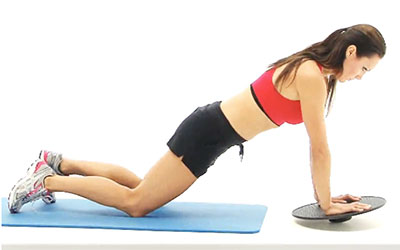
Use a wobble balance board as part of ankle rehabilitation. This handy piece of kit can also be used to strengthen the scapular muscles and core stabilizers.
Teaching point:
The athlete begins by placing their hands on the wobble board, shoulder-width apart. In the basic version of this exercise, the athlete supports themselves on their knees and can progress to their toes. While maintaining balance, the athlete performs circular movements on the board.
Swiss ball shoulder exercises
This is a plyometric exercise that challenges shoulder stability and the muscles of the upper extremity due to the shoulder having to provide stability.
Teaching point:
The athlete positions themselves on the ball at the hips and places their hands on the wobble board. They attempt to maintain balance while moving their arms. To progress, position the ball lower down the body.
Horizontal Abduction In Prone
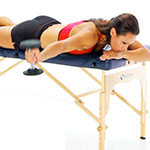
The horizontal abduction exercise strengthens the teres minor and the infraspinatus muscles along with the posterior deltoid and the scapular stabilizers. The athlete lies with their arm over the edge of the table. Lift the arm with the weight up in a horizontal extension.
Read more on shoulder stability exercises.
Dynamic shoulder exercises
Dynamic shoulder exercises involve movement and make up a large part of a shoulder rehab program.
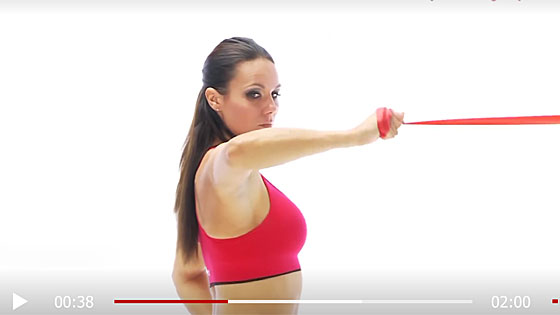
You can usually begin as soon as pain allows, but always check with your therapist or trainer to determine which exercises are suitable for your specific injury. After shoulder injuries, especially dislocations and impingement syndromes, it is important to work the medial or internal rotation muscles. Recommended exercises include medial and lateral rotation, chest press, and others using resistance bands or dumbbell weights.
Functional shoulder exercises
Functional shoulder exercises bridge the gap between basic shoulder rehabilitation and more sports-specific exercises, utilizing medicine balls for catching and throwing in more explosive or ‘plyometric’ exercises. Injury often damages proprioception, the body’s positional awareness, resulting in a loss of coordination and shoulder stability.
View all functional shoulder exercises.
Download app
Download our rehab app for shoulder rehabilitation exercises in your pocket!
